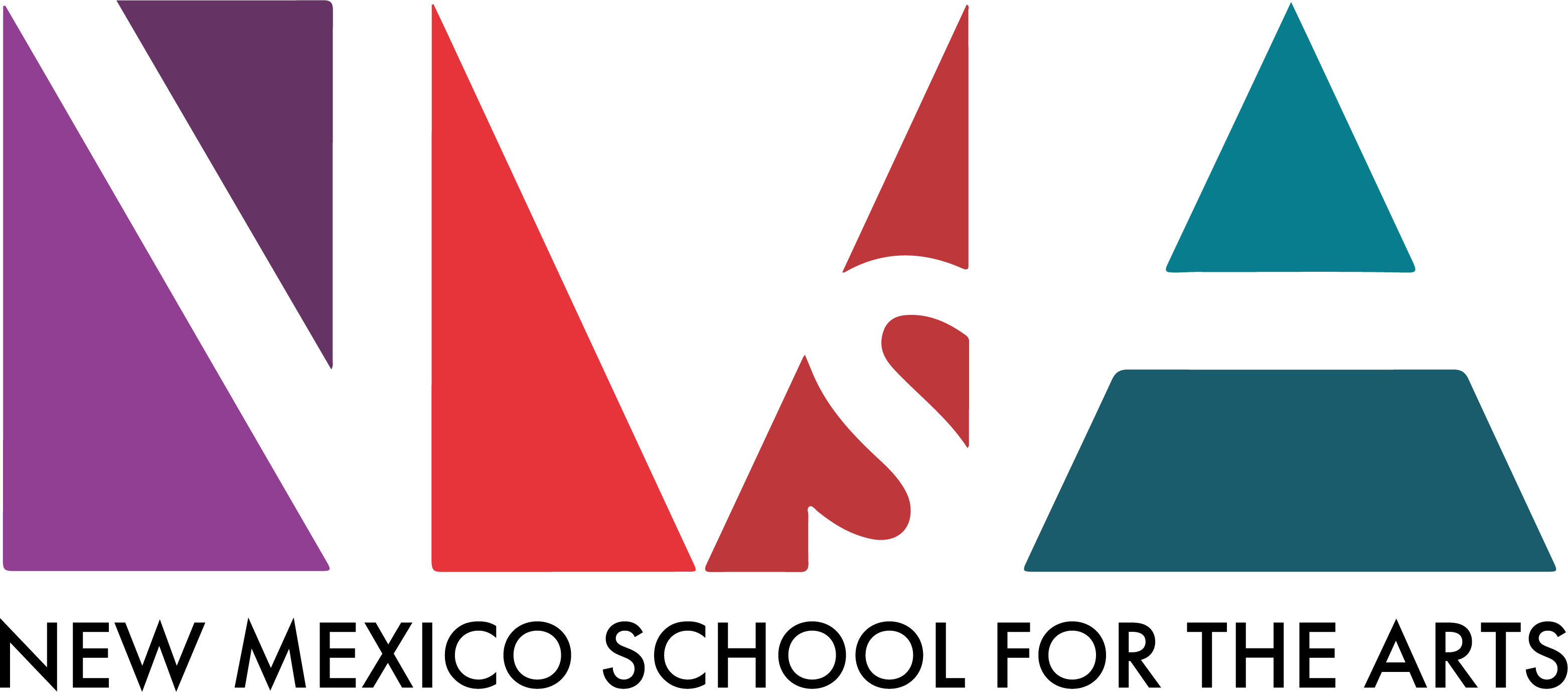By Robert Nott
The Santa Fe New Mexican | Wednesday, March 1, 2017
The leaders of the state-chartered New Mexico School for the Arts have raised about half of the $30 million they need to renovate and remodel a nearly vacant Railyard shopping center into a new campus by summer 2018. As part of their efforts to complete the capital campaign, they are reaching out to the state and federal governments and the city of Santa Fe for economic development grants, saying the school has the potential to increase business in the Railyard and bring in jobs. On a Wednesday tour of the 88,000-square-foot Sanbusco Market Center, school co-founder Catherine Oppenheimer, Principal Cynthia Montoya and several board members cited a new report that says the New Mexico School for the Arts could generate nearly $6 million in annual economic activity in the district and create new jobs — both long-term positions at the school and short-term construction work.
Oppenheimer said the school offers more than 40 arts-related events and performances per year, which draw parents and community members. That “walk-in” traffic will pay off by increasing visits to nearby restaurants, museums and other attractions in the Railyard, she said. The economic impact study, conducted by O’Donnell Economics and Strategy of New Mexico, examined the potential economic benefits of the school in the first 10 years after it starts operating in the Railyard space.
The public charter school’s nonprofit partner, the NMSA-Art Institute, closed a deal on the struggling Sanbusco Market Center in 2015 for $7.2 million and then launched the capital campaign to raise funds to overhaul the property. To date, said Oppenheimer, who helped found the 7-year-old school in 2010, the organization has raised just over $15 million. The school asked Santa Fe Public Schools to add the $15 million still needed for construction costs to a $100 million general obligation bond on school district voters’ ballots last month. But the school board rejected that request in November. State Sen. John Arthur Smith, D-Deming, chairman of the Senate Finance Committee, said Wednesday that given the state’s budget woes, it’s unlikely lawmakers will be able to help the charter school this year. “They would have to be very artful” in making a request, he said.
The arts-focused charter high school, which accepts students based on auditions and portfolios rather than a lottery system, as other charter schools do, has been working for years to expand into a larger facility with its own performing arts space, dance studios, visual arts galleries and classrooms. Oppenheimer said the new space will allow the school to grow from its current enrollment of 216 to as many as 400 performing and visual arts students from across New Mexico.
The school has been housed at the 36,000-square-foot former St. Francis Catholic School on Alameda Street, where space is so restrictive that students practice music and acting in “the janitor’s closet … and the hallways,” Oppenheimer said.
The move to Sanbusco will allow the school to hire 60 additional employees, build a black-box theater and dance performance space, and eventually expand its curriculum to include creative writing and cinematic media arts, she said.
She cited the success of the South Carolina Governor’s School for the Arts and Humanities, founded in 1980 in Greenville, S.C., in helping to revitalize that once-dying city. Greenville Mayor Knox White spoke about the program during a presentation Wednesday to about 100 people at Sanbusco. He said the creation of the arts school near a riverside park encouraged “walkabout” traffic and interest and helped the city leaders pursue a path of bringing new businesses, arts groups, restaurants and retailers to that area.
The New Mexico School for the Arts has earned state and national recognition for its students’ academic achievement rates, as well as their arts endeavors. The state’s Public Education Department has given the school an A grade four years in a row, and its graduation rate generally hovers around 95 percent.
In September, the U.S. Department of Educated designated the school a Blue Ribbon School — Santa Fe’s first school with that honor — for its success in closing an academic achievement gap. Students in the school take dance, theater, music and visual arts classes but also are required to meet the state’s guidelines for graduation by taking core courses in math, history, science and English language arts.
The arts school was created by an act of the state Legislature, which also provided it with startup funds. At that time, Oppenheimer said she would not return to the state to seek more funding.
On Wednesday, she acknowledged that, but said given the school’s rapid growth and success, “We didn’t know what was in store. … We didn’t understand the organization that we would turn into. We have since more than proven ourselves.”
Contact Robert Nott at 505-986-3021 or rnott@sfnewmexican.com.
